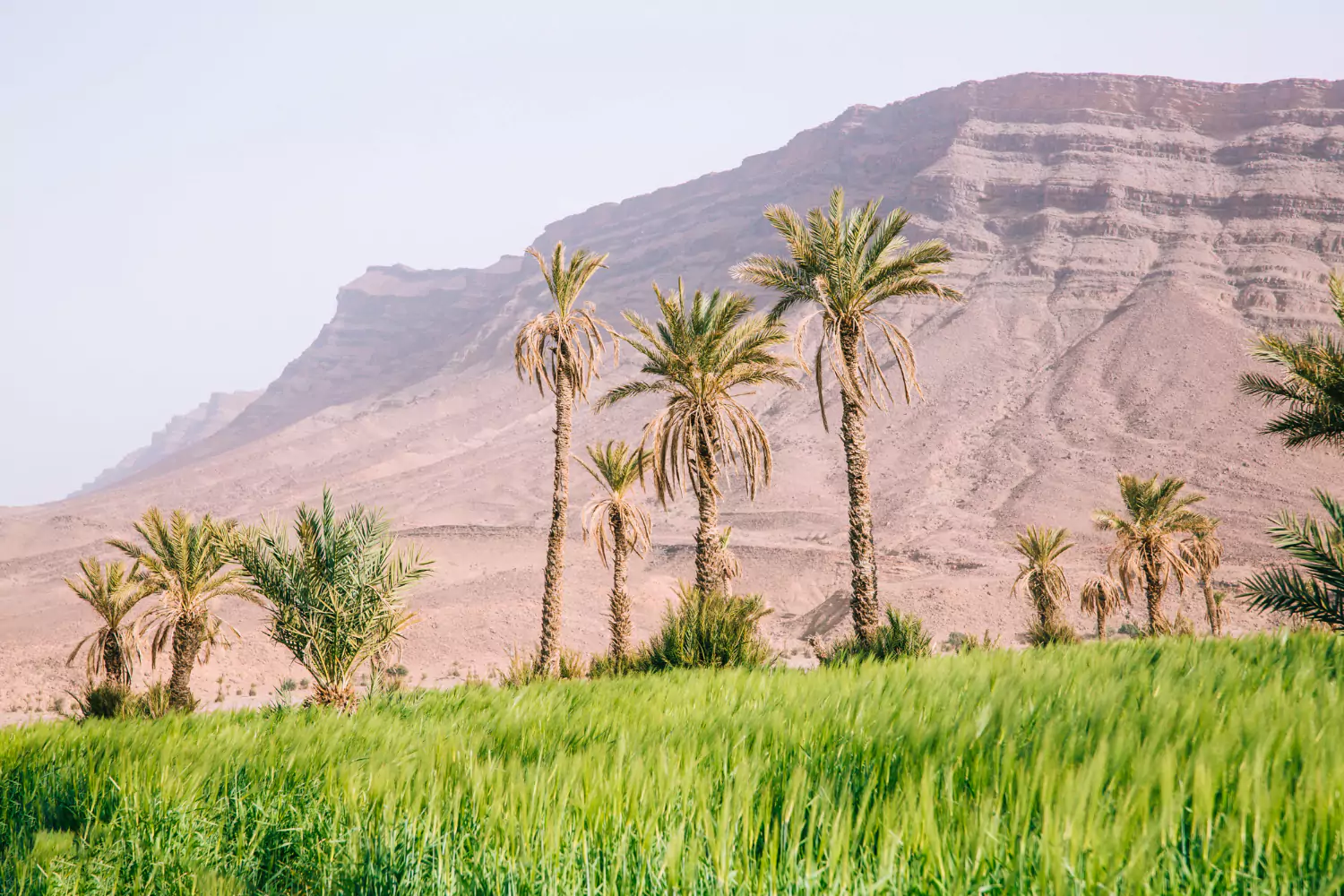Successes, failures, and the way forward for African Agriculture policies
Successes, failures, and the way forward for African Agriculture policies
This is part one of our African Agriculture series – where we explore successes, failures, and the way forward for African Agriculture policies.
The dangers of land reform policies – The case of Ethiopia
Land reforms have been a thorny issue in Africa since the independence periods. Many countries, including South Africa and Nigeria, are still trying to navigate the complex matter of land rights, land reorganization, and the proper way to distribute agricultural land based on historic and socio-economic considerations.
Ethiopia stands out as a stark reminder of how land reform policies can go awry, and lead to increased vulnerability among small-scale rural farmers. Despite its immense agricultural potential, with large stretches of arable land (4th largest in Africa in terms of arable land with over 151 190 km²), the country has been consistently suffering from bouts of famine and dire food insecurity.
Ethiopia’s agricultural difficulties can be linked to multiple elements, including poor rural infrastructure, weak farmer support, and a lack of modern agricultural equipment, but many of the sector’s structural problems can be traced back to the poor land reform policies implemented in the 1970s.
The Marxist military government ruling Ethiopia from 1974 until 1987 launched a complete overhaul of the country’s land system once it reached power, proclaiming the end of land ownership and transforming all agricultural land into government owned land. This new transformation was accompanied in 1975 with the proclamation of the “land to the tiller” policy in matters of agricultural land.
Under this new policy, farmers and peasants who originally tended the land were given the right of use for agricultural purposes, but no ownership rights were given (selling, mortgaging, leasing, leaving land to descendants). Moreover, land and plot distribution/redistribution were common during this period, as rural population increased and demand for land-use skyrocketed.

The system in place stripped away any economic incentive to develop the land, as farmers were under the constant fear of land redistribution and reorganization. This insecurity in tenure (or simply the feeling of insecurity) created a self-perpetuating vicious cycle, where farmers were incentivized to exploit the land they were assigned as much as possible, without investing any personal resources on improving it.
The “land to the tiller” system also led to the fragmentation of agricultural land, as farms were handed out to any rural farmer able to exploit it. Farms sizes shrunk rapidly under the new land distribution system, with small farms (which constitute more than 75% of the country’s agricultural land) averaging less than 0.8 hectares per farm. In addition, land dependency rates started climbing as more people had to rely on agricultural land for their livelihood.
![Agricultural Population[1] per hectare of Arable land](https://infomineo.com/wp-content/uploads/2019/04/12.jpg)
This new reality created socio-economic conditions that are conducive to heightened poverty levels among farmers, increased vulnerability to environmental shocks, and a generalized situation of precarity.
The dire state of Ethiopia’s agricultural sector was exposed when the country experienced one of the worse bouts of famine in its history in 1984[2], which highlighted the fact that large parts of Ethiopia’s rural population were one drought away from starvation.
Moreover, land stress and over-exploitation also became more prominent under the new land administration system, as poor farmers were left with no choice but to exploit their assigned plot of land to the highest levels (no use of land rest periods or crop rotation techniques). While the full extent of land degradation is very hard to measure, recent estimates suggest that over 85% of Ethiopia’s agricultural land is considered “moderately to severely degraded”.
The legacy of Ethiopia’s land reform policies in the 1970s can still be felt today across the country’s agricultural sector. High Farmer poverty levels, recurring localized food shortages, and land degradation stand as reminders of how poor policy-making in the agricultural sector can have lasting effects on rural development and poverty alleviation. Despite some improvements -introduced by the 1995 constitution- to the status of farmers and their relationship with the land, all agricultural land remains under state ownership to this day.
Ibrahim Zaaimi – Research Associate
Sources :
R Paper; R Paper; Article; FAO; Book Chapter
Analysis; Report; Analysis; Press; Press; Paper; Analysis
[1] The agricultural population is defined as the number of people depending on land and farming for their livelihood (farmers and their families, agricultural workers and their families)
[2] Political repression and food aid blockade heightened the impact of the droughts and shortages








